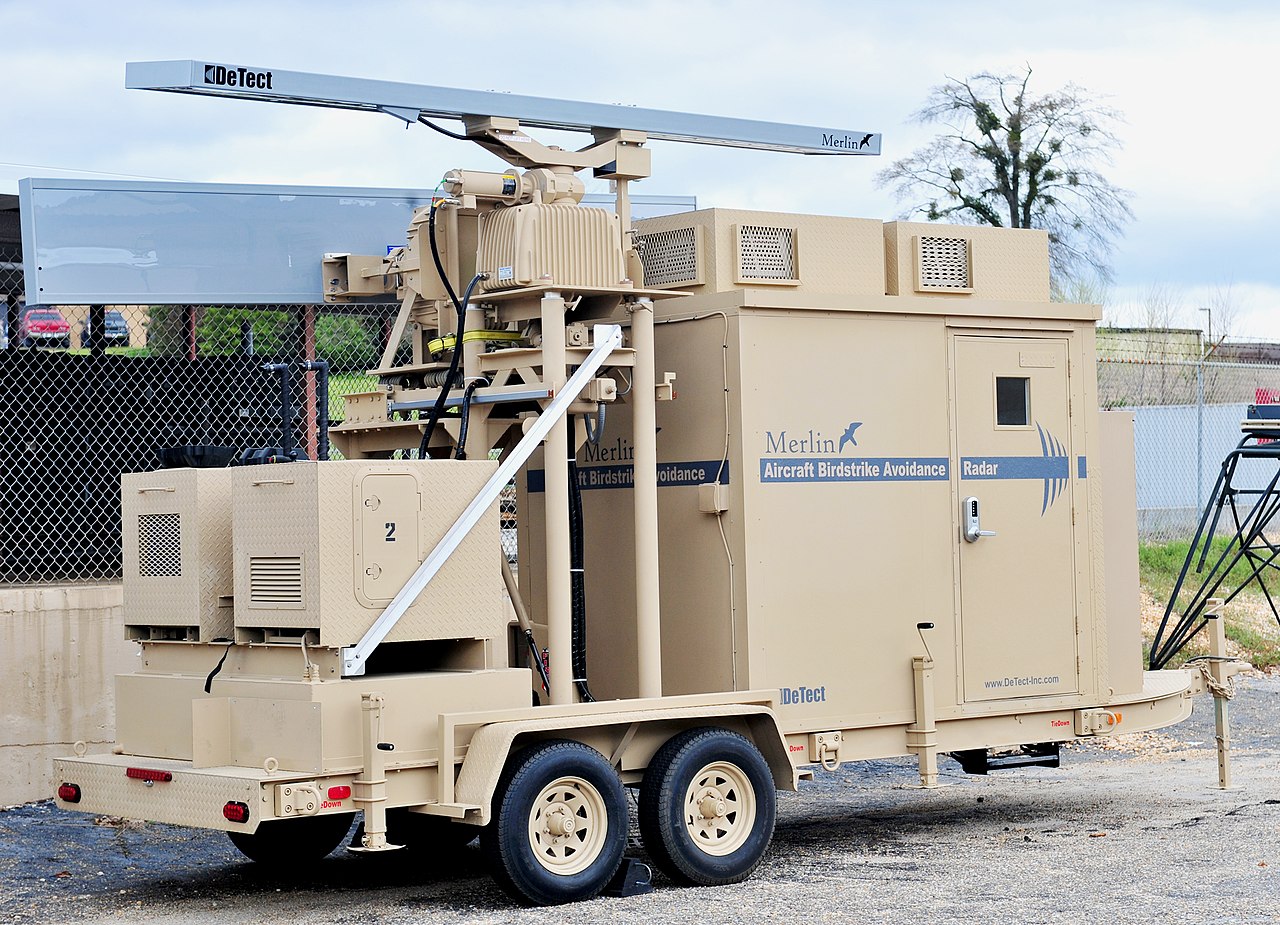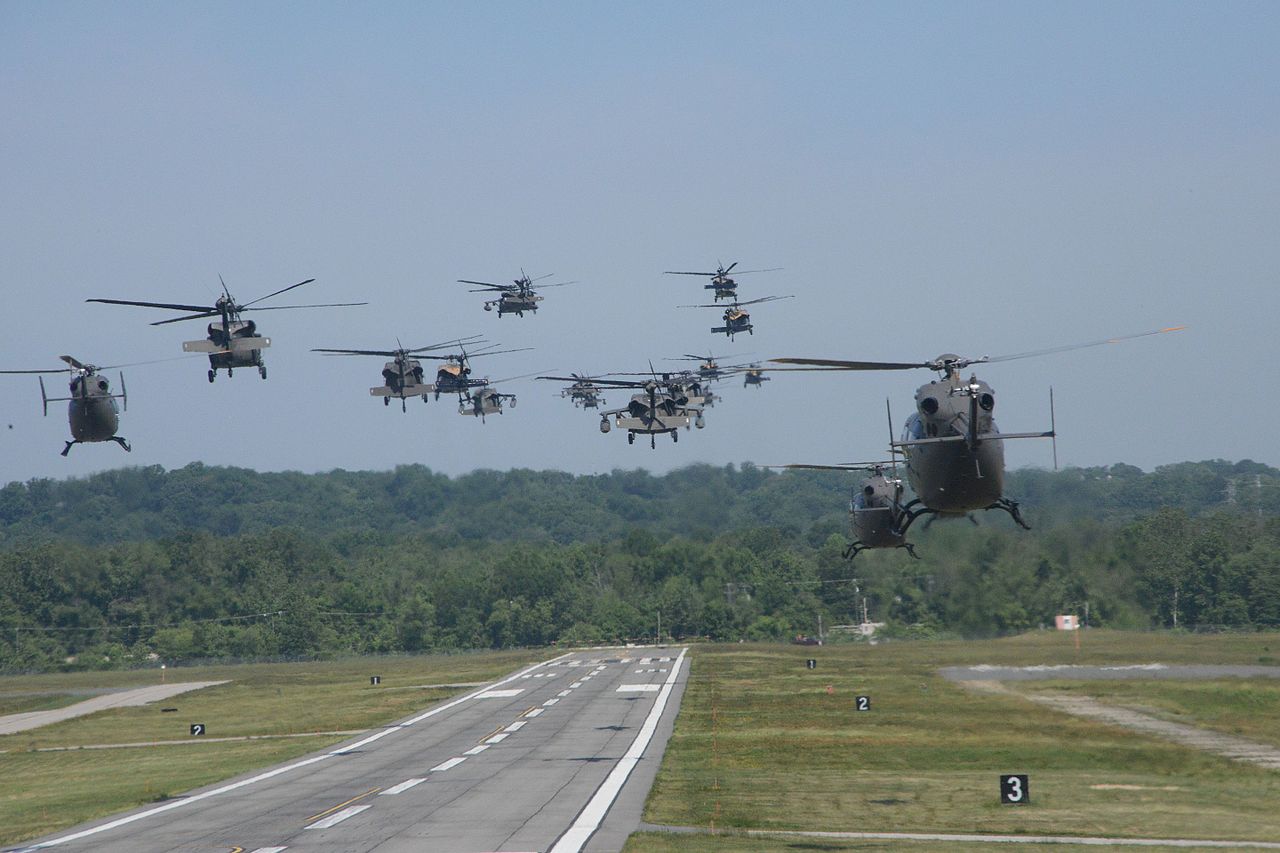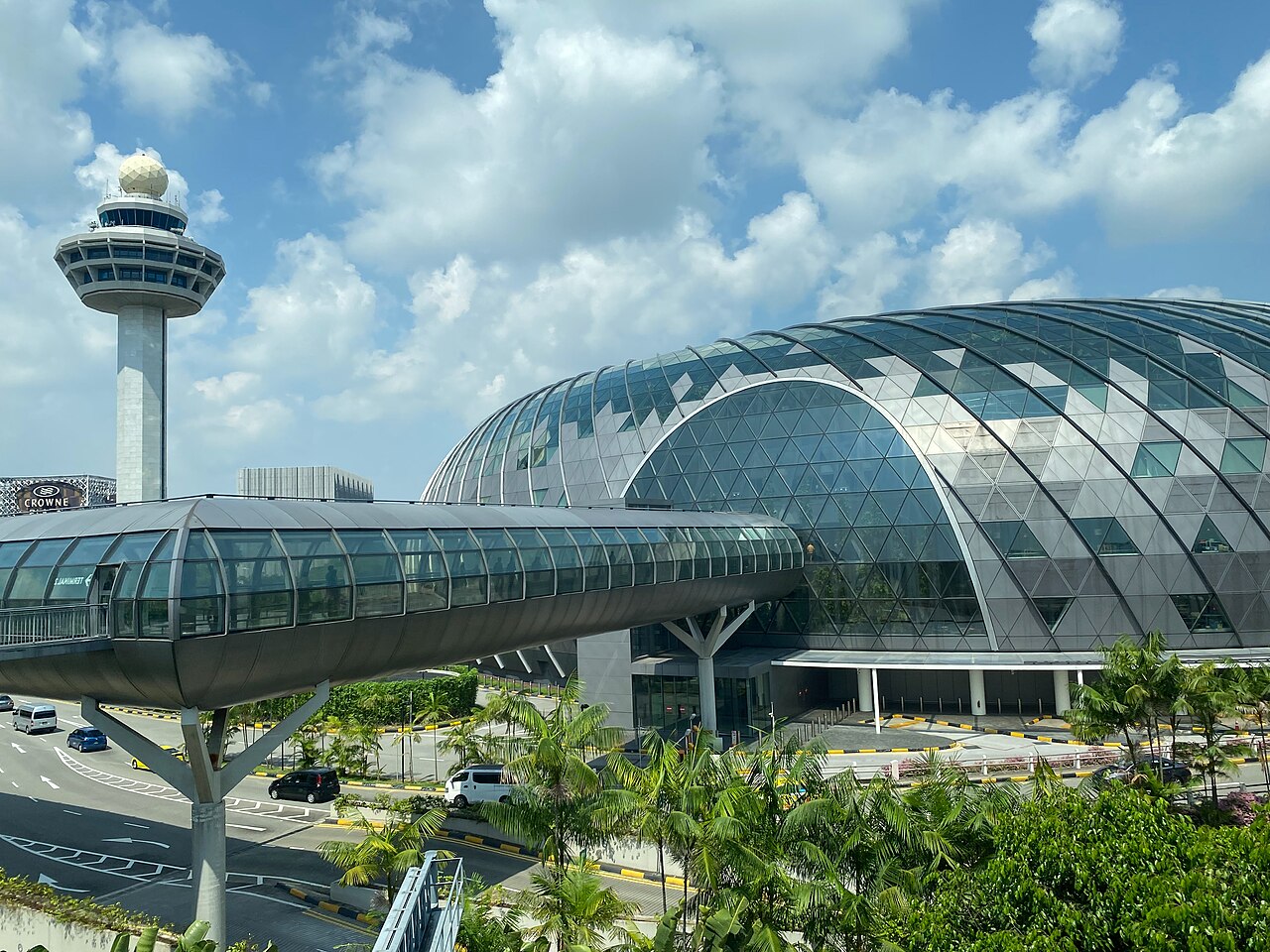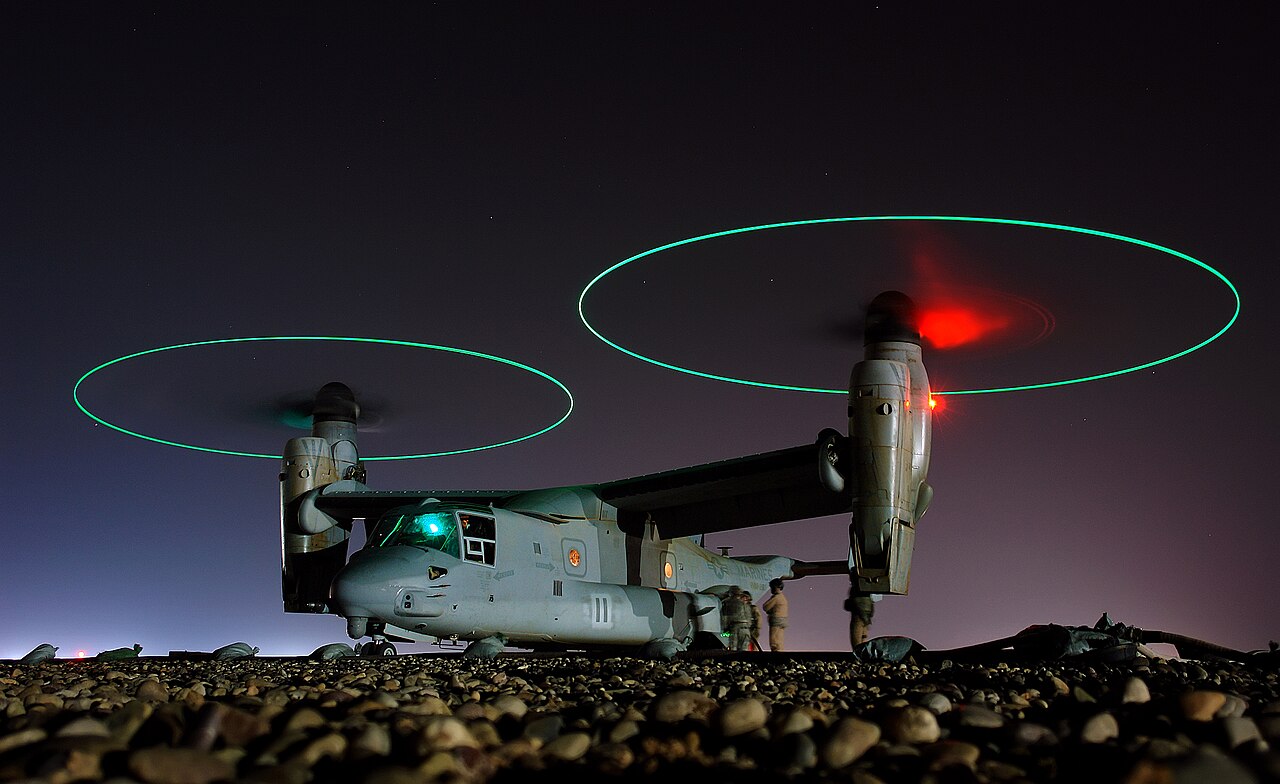
An Airbus A330 of China Eastern behind a flock of birds at London Heathrow
Bird strikes, or collisions between birds and aircraft, began when what is now referred to as “mechanical birds” tread upon the space of birds. The deadliest bird strike on a fixed-wing aircraft was recorded on October 4, 1960, and this incident involving a Lockheed L-188 Electra took the lives of 62 passengers on board. In 2009, A Sikorsky S-76C++ helicopter operated by Petroleum Helicopters International (PHC) crashed following a bird strike and the chopper that was found twelve miles from the Lake Palourde Base Heliport, LA, had eight casualties. Incidents like such reflect how safety of passengers and crew is in question during a bird strike but also show that such strikes pose substantial economic costs on airlines and airport operators.
Data from the National Wildlife Strike Database (NWSD), maintained by the U.S. Department of Transportation and the Federal Aviation Administration (FAA), offers an in-depth perspective on the scope and scale of bird strikes. Between 1990 and 2023, the National Wildlife Strike Database (NWSD) recorded a steady increase in reported incidents:
- 19,603 strikes in 2023—a 14% rise from 2022.
- The operations at Part 139-certificated airports increased by 6% while the aircraft movements at general aviation airports increased by 5%.

Photo: Bob Harvey | Wikimedia Commons
The rate of damaging strikes below 1,500 feet above ground level has remained stable at the Part-139 airport for almost quarter of a century. However, a sharp increase has been reported at general aviation airports. Such a schism only reveals that mitigation challenges aren’t universal across different types of airports.
For 2023, electronic reporting using FAA Form 5200-7E accounted for 71% of all strike reports submitted, while less than 1% of submissions were made on paper. Furthermore, 17% of the reported incidents had multiple submissions; most such cases involved at least one electronic report. This shows increasing reliance on digital aids for detailed and accurate strike documentation.
Effective Bird Strike Prevention Methods
Mitigating bird strikes necessitates technological innovations, physical deterrents, and operational strategies. Further, these strategies need to be tailored to address site-specific challenges, such as the ones mentioned previously. Avian radar systems play a pivotal role in tracking bird movements, offering real-time data on size, speed, direction, and position. This allows air traffic controllers to mitigate collision risks by adjusting flight schedules.

Canopy of an F-16 after a bird strike
Physical barriers such as bird netting effectively prevent birds from nesting in semi-enclosed spaces such as hangars and rooftops, reducing avian activity near operational zones. Similarly, laser deterrents, when properly applied, are effective in repelling certain bird species by exploiting their sensitivity to specific wavelengths. An analysis even suggested that ” without damaging the human eye, the most effective wavelength has been determined as 532 nm for the dispersal of wildlife“.
Emerging evidence suggests that landing lights with tailored flashing patterns can discourage birds from approaching runways and flight paths. While research continues, this non-invasive method holds promise for enhancing safety during critical flight phases.

The green light has a typical wavelength of approximately 487–570 nm.
Photo: Tommology | Wikimedia Commons
In aviation, bird strike prevention is addressed through advanced technology and operational adjustments. Operational Risk Management (ORM) systems utilize real-time data to identify and classify bird movements. These systems enable air traffic controllers and pilots to assess collision risks and implement strategies such as:
- Reducing aircraft speed when birds are detected.
- Rerouting flights based on alerts from ORM systems.
Aircraft design that incorporates impact-resistant materials to windshields and engine nacelles can withstand collisions. Let’s look at the technology behind these methods in greater detail.
Latest Technologies in Bird Strike Prevention
Bird Detection Radar
Bird detection radars use radio frequency signals to monitor birds in real time. These systems detect size, speed, direction, and position, enabling air traffic controllers and pilots to assess collision risks. According to Skybrary, Seattle-Tacoma International Airport (SEA) – the primary airport of Seattle – deployed real time bird tracking radar in January 2010. It was the first airport to do so, and that its system:
“detects individual birds from small sparrows to large Canada Geese up to approximately two miles away. The bird activity is then displayed in real time on a Google Earth map. Airport officials can take these maps with them on a laptop. The latest systems available use radar installations with a dual vertical and horizontal scanning configuration so that simultaneous 3D coverage is provided. Either or both of 360 degree area surveillance around an airport or the use of multiple sensors to scan individual runways and their approach and departure corridors is possible. Ranges of up to 10 miles are typically available.”

Photo: U.S. Air Force photo, Official United States Air Force Website | Wikimedia Commons
Even the Indian Air Force is looking for a Bird Detection and Monitoring Radar (BDMR) to address the problems posed by bird strikes. The very first studies related to the use of RADAR in detection of birds was done in the 1940s and the method has been deployed to track the seasonal migration of birds too.
Laser Deterrent Systems
Laser deterrent systems offer a non-invasive method to keep birds away from critical areas. These systems project visible light patterns designed to mimic predator behavior, creating a visually disruptive environment for birds. They are often equipped with automatic activation and adjustable parameters, allowing them to adapt to varying species, environmental conditions, and operational needs. This flexibility makes lasers an effective deterrent across diverse airport environments.
Aircraft Paint Schemes
One of the easier methods that could be adopted for preventing bird strikes is figuring out the best type of color used for painting an aircraft. An aircraft is painted in the shades of bluish green might get camouflaged while flying across a hill, and birds might not be able to see it.

To reduce a collision in such a case, one can paint the aircraft in distinct color that birds can identify. Painting an aircraft in a white shade, in addition to saving money and keeping an aircraft cool, also helps deter bird strikes.
Infrared Bid Detection Systems
Infrared bird detection enhances monitoring capabilities through thermal cameras, which identify birds by detecting their heat signatures. One of the cases of its application was in Davison Army Airfield (DAAF), which deployed the Infrared Bird Detection System following the collision of a C-12 with (twin-engine passenger plane) with a flock of geese, leading to damages worth $374,000.
After the incident, the airfield used “thermal imagery with infrared capability to detect all hazards on the airfield and around our aircraft movement areas”. Some of the devices used by the airfield include:
| Device | Placement | Purpose |
| primary thermal device | top of our tower | obtaining a
maximum observation area |
| ‘hand-held’ thermal devices | airfield checks while driving around in the airfield services vehicles |
Note: According to DAAF, the primary device is “controlled remotely by a computer (located in the tower) for automatic continuous surveillance” while also “manual override for close up viewing of targets” is also a part of the system.

Photo: Cory Hancock | Wikimedia Commons
Infrared bird detection enhances monitoring capabilities through thermal cameras, which identify birds by detecting their heat signatures. Operating in all weather conditions, these systems track bird movements in real-time and relay information to airport personnel for immediate action. The ability to detect well-camouflaged birds, even in dense vegetation, makes infrared technology valuable to wildlife management programs.
Long Range Acoustic Devices (LRAD)
Singapore Changi Airport (SIN) added more Long-Range Acoustic Devices (LRAD) in the airport. When integrated with millimeter-band bird radar, LRAD systems at SIN detect birds entering runway zones. They then broadcast loud, focused sounds and predator calls. This safely drives birds away from aircraft during takeoffs and landings.

Photo: LN9267 | Wikimedia Commons
According to Genasys Inc., the developer of the acoustic device system used to deter birds away from the Changi Airport, LRAD systems “are easily programmed to broadcast a near infinite variety of tones and predator calls to ensure against habituation and safely deter wildlife up to 3,000 meters away.”
Mimicking predators
The use of predator-like robots falcons has deterred birds from entering specific areas. In 2019, the agricultural area surrounding Workum, The Netherlands, researchers were able to scare away bird flocks from fields using RobotFalcon. Using this method, these fields subsequently remained free of bird flocks for hours.
Here are a few important pieces of information from the study:
- RobotFalcon (weight of 0.245 kilograms and wingspan of 70 centimeters) was Made from fiberglass and Expanded Polypropylene (EPP)
- 50% of the sites were cleared within just over a minute
- The method could supplant falconry, as using a RobotFalcon did not have the limitations of live birds of prey.

Photo: Gallpix | Wikimedia Commons
Researchers, however, said that the technology had a few limitations, though:
“…it is important to also recognize its limitations, which are that steering the RobotFalcon requires trained pilots, flights are limited by battery life (15 min per battery) and cannot be conducted under rain or strong wind conditions. Further, to deter large birds successfully such as geese or herons, the RobotFalcon might be not effective enough and a robot that mimicks a natural (larger) predator of large-sized birds, e.g. an eagle, should be developed and tested.”
Canada’s Edmonton International Airport had deployed a flapping wing robotic bird designed by Netherlands-based company Clear Flight Solutions to scare birds away.
Best Practices for Preventing Bird Strikes: Insight on Airports and Airlines
Practices to minimize (the impact of), if not preventing bird strikes at all, are started even before the aircraft takes flight. During engine testing, manufacturers fire birds at extremely high speeds into various parts of an aircraft to check how big an impact (with bird strikes) the individual parts of a plane would be able to withstand. In National Research Center in Canada, for example, there are two types of aircraft bird strikes test:
- one targeting structural components like tail, wing and windshields
- other test fires a bird into an operating engine.

Photo: Flying magazine | Wikimedia Commons
As dead birds are projected at speeds greater than that of sound, NRC’s wall has a poster that reads “Home of the World’s Fastest Chickens.”
According to Azzedine Dadouche, a researcher at NRC, the center “acquires dead bird carcasses from poultry farms, and from companies that have access to the needed birds and have to dispose of them” and that:
“To do the calibration test, we can use gelatin-based birds, or we can use chickens that we buy at the grocery store. Once we are in the range, we use real birds to finalize the calibration, and of course we use real birds to do the certification test. The birds – always dead ones only – go into the cannon with the feathers, the head, legs, everything.”

Photo: Federal Aviation Administration | Wikimedia Commons
Despite such rigorous tests, collisions between birds and aircraft are inevitable. To address this issue, manufacturers, airports and airlines must orchestrate a range of strategies aimed at minimizing the risk of bird strike. There are obvious bits of habitat management practises that can be implemented:
- Altering the surrounding environment to make it less attractive to birds
- Minimizing standing water
- Managing vegetation to discourage nesting
- Installing physical barriers such as nets to deter birds from accessing certain areas.
Besides these raptors such as barn owls, peregrine falcons, and red-tail hawks have been trapped in Salt Lake City (Airport) by enticing the bird to catch a rodent and by placing self-operating trap built on top of pigeon coops.

Photo: Chief Petty Officer Joe Kane (U.S. Navy) | Wikimedia Commons
Besides painting aircraft with specific shades, installing lights on aircraft could be used to increase their visibility to birds. In an interview with the BBC, Michael Begier, the national co-ordinator of the airport wildlife hazards programme at the US Department of Agriculture, revealed how birds were trying to avoid aircraft when they were hit. Installing lights on aircraft might be the solution:
“The idea is to manipulate the characteristics of the light by varying the pulse rates and wavelengths in the electromagnetic spectrum and tune these changes to specific bird species. The lights would provide an earlier warning so the birds can detect and avoid the aircraft. Some of these changes to the light might be imperceptible to humans.”
It would be extremely difficult to have an objective metric to determine which of the practices for reducing bird strikes are the best. Further, the efficacy of these methods will be tested when birds evolve (with the evolving technology). Also, all the methods we have discussed might not be applicable across all airports, either.
Bird Strike Prevention Strategies for Pilots
Bird strikes occur most frequently during takeoff and landing when aircraft are at altitudes populated by birds. Perhaps the most famous example would be of “The Miracle on the Hudon” where an Airbus A320 had to land in water following a bird strike.

Some of the key points for prevention strategies for pilots during a bird strike include:
- Reviewing bird activity reports
- Avoiding low-altitude routes over habitats
- Assessing damage, isolating compromised systems, and coordinating with air traffic control, and prepare for possible emergency landings or evacuations.
- Training that involves simulations of engine failures, fires, and control loss are essential for pilot readiness.
- Reports document critical details such as time, altitude, speed, phase of flight, and bird species can be used for trend analysis and prevention strategies.
Pilots would also greatly benefit from aviation conferences where flyers of other nations share their experiences or emphasize on the statistical trends, root causes, and prevention methods used in countries outside theirs.
Regulations for Birdstrikes: A Global Perspective
Bird strikes, or wildlife strikes involving birds and aircraft, represent a significant safety concern in aviation globally. Regulatory frameworks addressing this issue vary across regions but share common goals: enhancing aviation safety, reducing the risk of bird-aircraft collisions, and minimizing operational disruptions. The major regulations formulated are the International Civil Aviation Organization (ICAO), Federal Aviation Administration (FAA), European Union Aviation Safety Agency (EASA), Directorate General of Civil Aviation (DGCA), India, Civil Aviation Authority of Nepal (CAAN), which are further discussed below.
International Civil Aviation Organization (ICAO)
According to the International Civil Aviation Organization (ICAO, between 1990 to 2008 (in the US), nine bird strikes resulted in 16 fatalities alongside:
• 49 aircraft destroyed
• 393,521 hours of aircraft downtime
• $308 U.S million in losses

It has a number of recommendations laid out to improve upon the afore-quoted figures, such as:
- Identifying Root Causes of Wildlife Hazard
- Using Advanced Risk Assessment Methods
- Airspace Management
- Recording All Daily Activities
- Proper Habituation….
among others, which have been applied by the civil aviation authorities in various nations. Let’s take a look at a few of them.
Federal Aviation Administration (FAA)
Federal Aviation Administration (FAA) reports that “Birds’ make-up 97% of the reported strikes, mammals about 3% and reptiles less than 1%.” It also reported that Gulls, Waterfowl and Raptors were the most hazardous for airport operations, and that the following types of land were responsible for attracting these birds:
- Dredge spoil containment areas
- Wetlands
- Putrescible-waste disposal operations
- Wastewater treatment facilities

FAA recommends habitat deterrence and better airport planning to do away with bird strikes. There are some methods that are used in the US to mitigate the challenges posed by bird strikes. These include:
- A migratory bird permit from the U.S. Fish & Wildlife Service is necessary for the lethal removal of Canada Geese, which are difficult to disperse using hazing techniques.
- The U.S. Fish & Wildlife Service issues migratory bird permits to airports for relocating eagle nests.
- Guidance on wildlife deterrence at airports is available in the Transportation Research Board’s (TRB) Habitat Management to Deter Wildlife at Airports document.
European Union Aviation Safety Agency (EASA)
The European Union Aviation Safety Agency (EASA) recommends the practices such as “Safety Management System & Awareness”, “Pre-Flight Planning”, and “Risk Mitigation at the aerodrome and in flight”, with various guidelines for each of these practices:
| Pre-flight planning |
|
| In-flight procedures |
|

Directorate General of Civil Aviation (DGCA), India
The Directorate General of Civil Aviation (DGCA) in India mandates Wildlife Hazard Management Programs across all airports to address bird strike risks. Research conducted on bird activities over select Indian airports revealed that the Red-wattled Lapwing’s activity over the airfield “could be partly attributed to the type of vegetation cover, long-term ecological changes, and intensive harassment of the bird.“
Following a series of bird strikes (such as flame streaks on a SpiceJet Boeing 737-800 on the Patna-Delhi sector) in the nation, DGCA issued guidelines to all airports to handle this threat better. Some of these guidelines as highlighted by the Hindustan Times include:
-
The airports should carry out a wildlife risk assessment and rank them according to the risk posed to aircraft.
-
The patrols should be carried out in random patterns rather than a regular route so that wildlife do not learn or become accustomed to the timing of patrols.
-
Aerodrome operators are directed to forward monthly action taken report on the implementation of wildlife hazard management programme and also provide wildlife strike data…by 7th of every month.

Photo: Magnus Hagdorn | Wikimedia Commons
Civil Aviation Authority of Nepal (CAAN)
The Civil Aviation Authority of Nepal (CAAN) has implemented a structured approach to bird strike prevention. They include mandatory reporting protocols and the establishment of a National Bird Strike Control Committee, alongside the implementation of the following strategies:
- Firing Liquefied Petroleum Gas (LPG) cannons that automatically produce high decibel (130 dB) bangs.
- An ultrasonic bird repeller device that generates irritating ultrasonic sound in all directions. The sound pressure level of the device is 112 db @ 1m @ 22 KHZ – something that nudges beyond the human’s capacity to detect it but audible for birds.
- Rodent, which could attract birds that prey on them, are checked every 6 months.

Photo: CAAN
In addition, CAAN also has been using a bird light, which is ” an electronic device that generates one-million candle power light flashes which is intolerable for birds during low light“.
Conclusion
Bird strikes remain a significant concern in aviation- the US aviation industry suffers a damage of roughly $900m (£580m) annually due to bird strikes, reported the BBC. The prevention strategies are there: firing laser beams, using radar to scare the birds away, among others. While technological marvels are at our disposal, we shouldn’t forget that there are natural methods are there too – after dogs were used to scare the birds away at Southwest Florida International Airport (RSW), there has been a 17% drop in bird strikes. Pigs have been used in Salt Lake City Airport to dissuade California gulls that used to routinely fly over the airport to much success. Simple acts such as cutting down vegetation around an airport works too. As long as we are determined to, there will always be a way to balance out the technological solutions with ecological ones.
